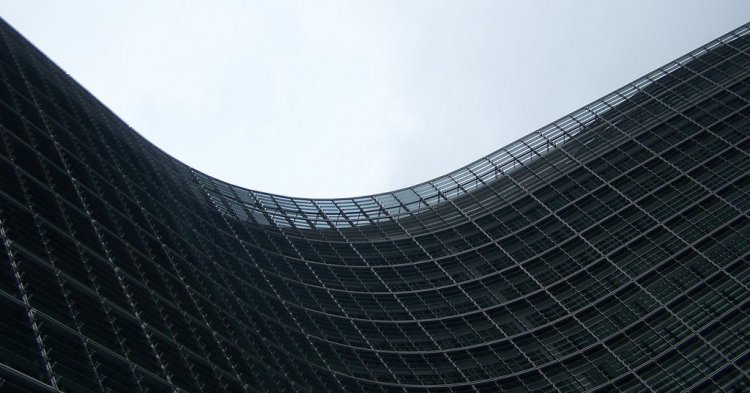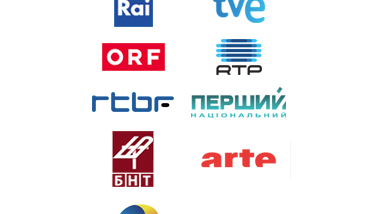Writing on the prestigious Journal of Common Market Studies (JCMS), Zoe Lefkofridi and Alexia Katsanidou from the University of Salzburg and the University of Cologne GESIS institute report [1] that the parliamentary groups are recognisably different from each other, “and that internal coherence exists, though it is not great”. They find the Greens, but also the Eurosceptic EFDD and ENF groups, to be the most internally coherent. Meanwhile, they observe a “clear split” between pro-EU and anti-EU groups, something that became even more noticeable during the crisis-ridden years that came between 2009 and 2014.
Another key finding of the study was that European integration is the least divisive issue within most parliamentary groups; for the most part, the question of European integration is the one that parties are most united on.
Failure of Spitzenkandidaten in 2014: Lesson for 2019?
The finding that most parliamentary groups became increasingly disunited comes as a surprise, given the politicisation of EU issues and the intent of the Spitzenkandidaten mechanism. The authors of the JCMS paper note that the findings may guide parties in their preparation for the upcoming European elections in 2019. They also refer to the European Parliament’s efforts to strengthen the Spitzenkandidaten system.
The Spitzenkandidaten system, while functional, remains something of an empty shell. In 2014, fewer than a half of citizens surveyed knew any Spitzenkandidat by name, with an embarrassing 1.1% of UK respondents knowing any top candidate. [2] The Young European Federalists (JEF) have taken issue with the lack of visibility for the top candidates on the airwaves: the Our Vision for Europe campaign calls for national-level broadcasters to air debates between the Spitzenkandidaten in prime time.
As European-level alliances prepare for nominating their top candidates for 2019, the findings about the failure of Spitzenkandidaten in its tentative 2014 format provide stimulus for discussions on the system’s future development. What now appears certain, though, is that merely nominating candidates and forgetting them afterwards is not enough to bring parties together.








Follow the comments: |
|
